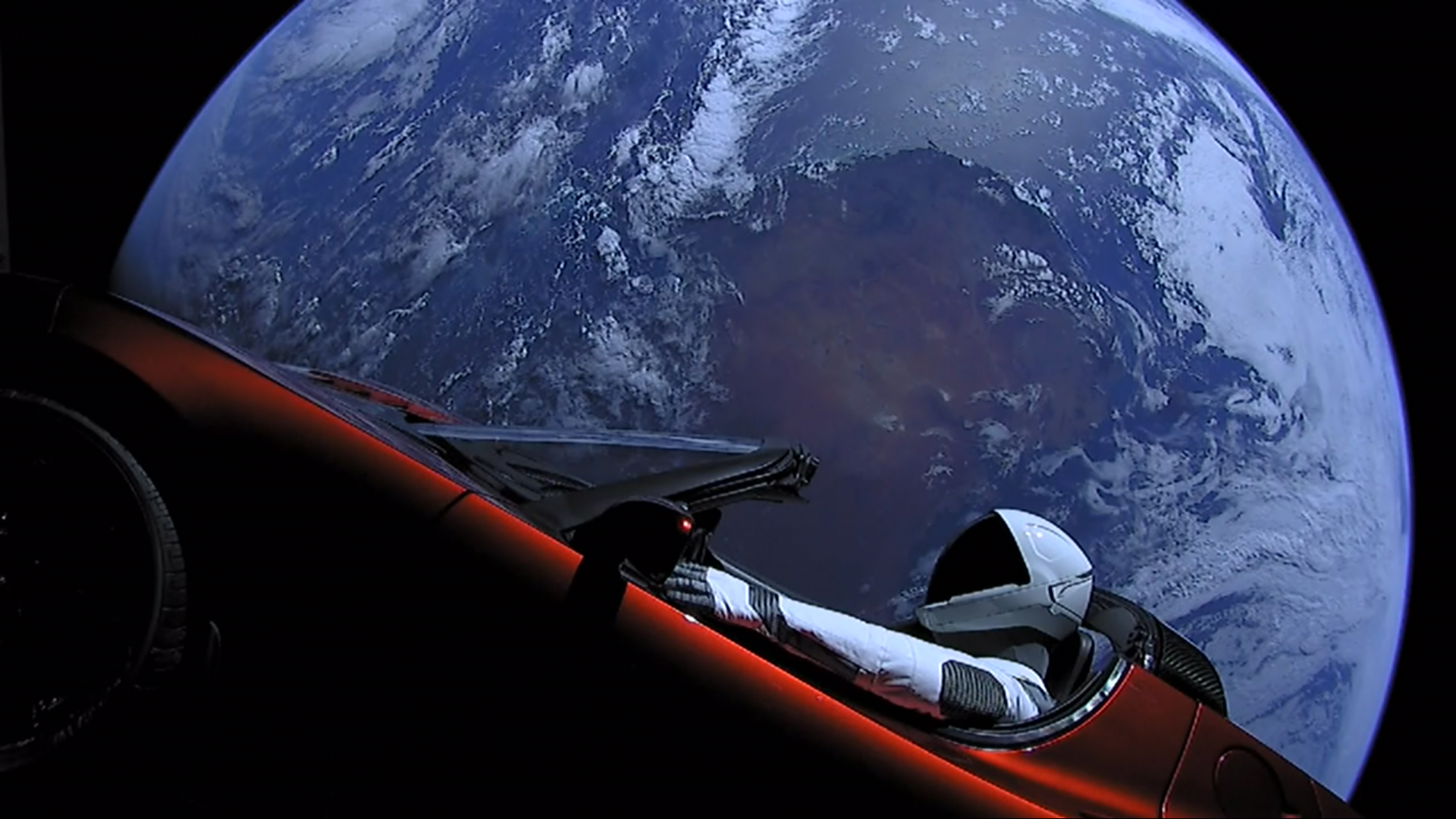
When I was young, the Mercury, Gemini and Apollo launches out of Cape Canaveral were family television events without parallel.
There was a sense of awe surrounding those NASA missions, culminating years later in the triumphant moon landings. We followed every one, minute-by-transfixed-minute, on a big old black-and-white TV with four legs, rabbit ears and an outsized wood-veneer cabinet.
News anchor Walter Cronkite was the voice of space exploration in those days. It was as if he were right there in your living room, sharing the experience with you. Sometimes, in his folksy, understated way, he seemed as awestruck as any of us.
I’m sure he was.
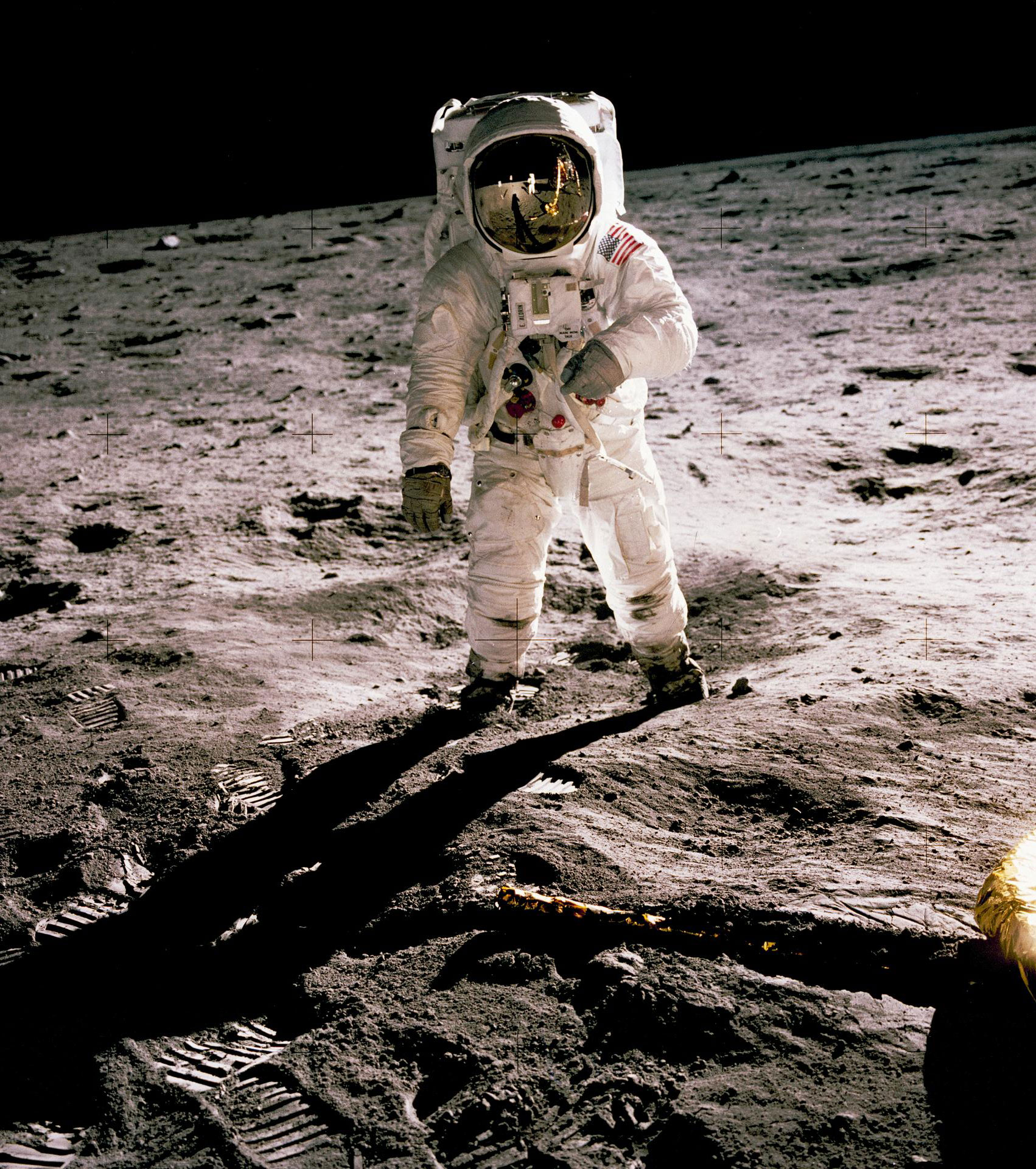
At that time, TV shows such as the original Star Trek and Lost in Space sparked the imagination. And, here, among these former navy, marine and air force pilots, were the real heroes of the last great frontier.
They were heady, turbulent times. Martin Luther King, Jr. and John F. Kennedy delivered epic speeches that inspired and uplifted. Kennedy challenged America—challenged all of us—to rise above violence, petty politics and the inherent failings of mankind, to tap the best of our abilities and reach for the stars.
“There is no strife, no prejudice, no national conflict in outer space as yet,” Kennedy told a crowd of 35,000 at Rice University on Sept. 12, 1962. “Its hazards are hostile to us all. Its conquest deserves the best of all mankind, and its opportunity for peaceful co-operation may never come again.
“We choose to go to the moon! We choose to go to the moon in this decade and do the other things, not because they are easy, but because they are hard; because that goal will serve to organize and measure the best of our energies and skills, because that challenge is one that we are willing to accept, one we are unwilling to postpone, and one we intend to win.”
I was three years old when Kennedy spoke those words, yet they have resonated throughout my life. His assassination 14 months later is among my earliest memories of the world beyond my backyard. In a brief presidency marked more by what might have been than what was, the space program would become one of his great legacies.
Kennedy’s promise was fulfilled just under the wire. On July 20, 1969, former naval aviator and test pilot Neil Armstrong became the first human to set foot on the moon, speaking the immortal words as he hopped from the last rung of the lunar module’s ladder: “One small step for [a] man; one giant leap for mankind.”
The International Space Station, assembled by Canadian technology, was further realization of Kennedy’s dream. It has hosted more than 300 crew and visitors from 18 countries, including seven Canadians, since its first module was launched in 1998.
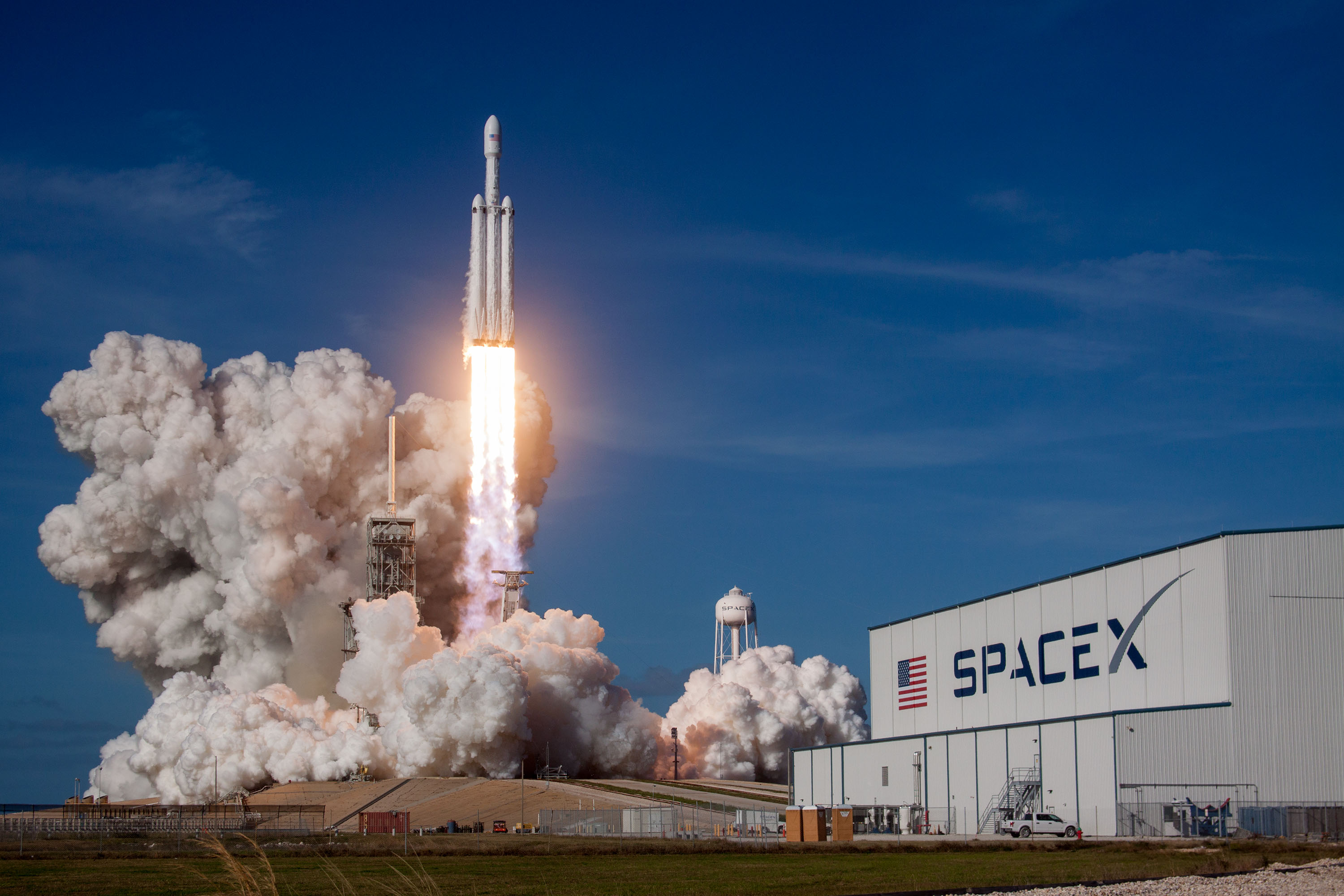
I watched Musk’s Falcon Heavy rocket launch on my iPhone on Feb. 6 with that same childhood wonder. The palm-sized device I held, incidentally, wields many times the computing power of that which drove those moon landings, and delivers a far superior picture than our old 24-inch monochromatic RCA.
The miraculous dual touchdowns back on Earth of Falcon’s reusable rocket boosters and the whimsical deployment of one of Musk’s Tesla roadsters from its payload bay, headed for Mars while playing an endless loop of David Bowie’s Life on Mars, was the stuff of science fiction and an exercise in supreme chutzpah.
Days later, Musk’s cherry-red roadster was beaming live images back to Earth, its space-suited crash-test dummy still at the wheel. The fact it will overshoot its Mars orbit and hurdle into space ad infinitum, or that a third booster missed its mark and hit the ocean at 482 kilometres an hour, was irrelevant to most anyone but Musk, whose Tesla company reported its biggest-ever quarterly loss the next day.
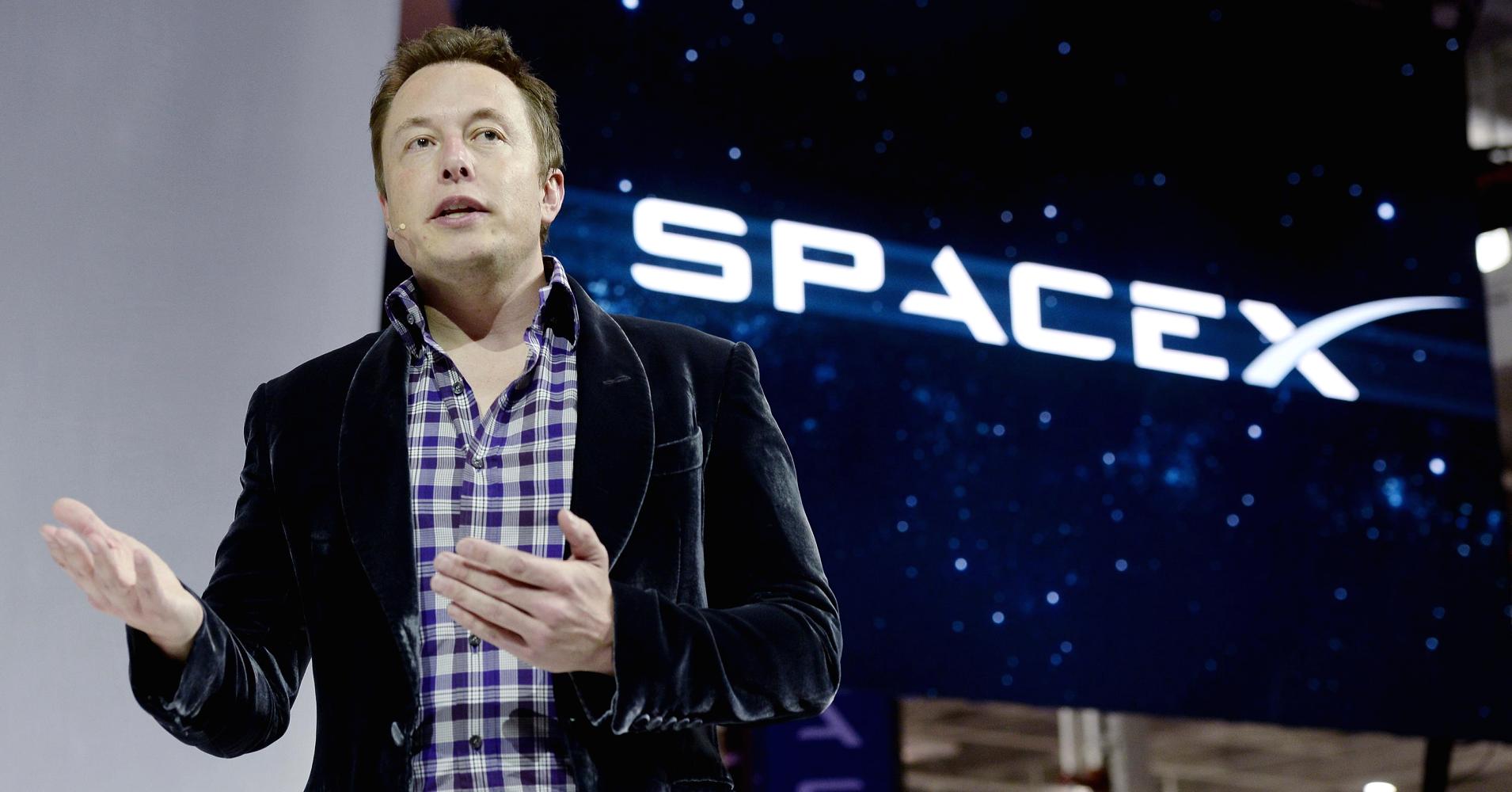
“I think fundamentally the future is vastly more exciting and interesting if we’re a spacefaring civilization and a multiplanet species than if we’re not,” Musk said in September.
“You want to be inspired by things. You want to wake up in the morning and think the future is going to be great. And that’s what being a spacefaring civilization is all about.”
When he launched his SpaceX venture in 2002, Musk said he considered the odds of success at less than 10 per cent. But risk has never deterred Musk.
“I just accepted that I would probably just lose everything,” he said recently. “But that maybe we would make some progress. If we could just move the ball forward, even if we died, some other company could pick up the baton and keep moving it forward. So that would still do some good.”
Just like the early NASA tests, there were spectacular failures. Musk even celebrated them with blooper reels because, after all, success is born of failure.
Eventually, success did come. And when it came, it wowed.
Now Musk is looking to fly four ships to Mars in 2024—two carrying cargo and two carrying crew—to find water and begin building the infrastructure for future missions and eventual colonization.
“I’m talking about sending ultimately tens of thousands, eventually millions of people to Mars and then going out there and exploring the stars,” Musk said in 2012.
It’s mind-boggling. The dream more than lives; it thrives.
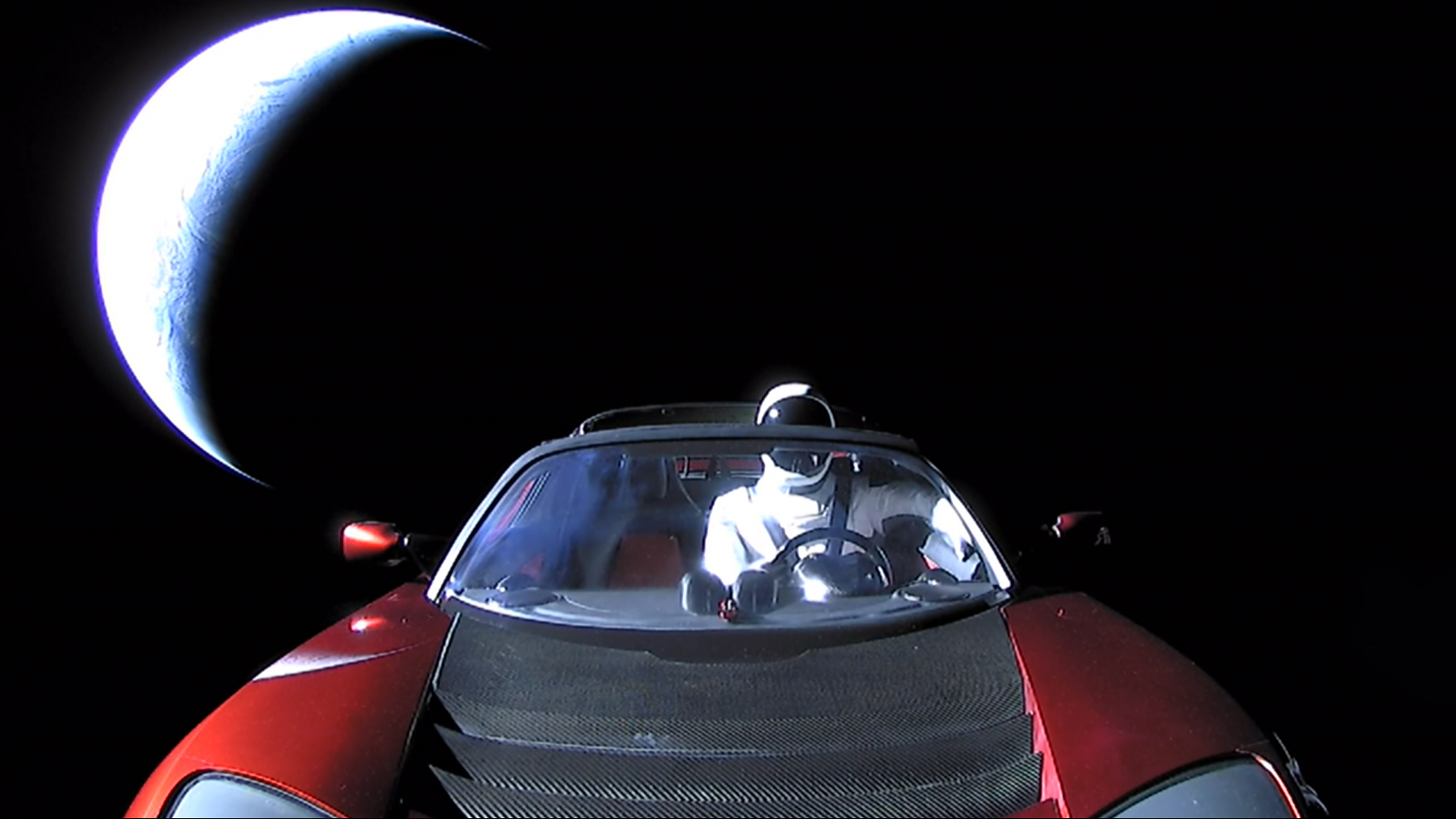
Advertisement












